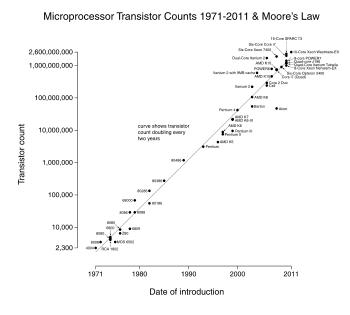Crowdfunding is still polishing its model. In September 2012, to make they would remain true to the ideals of crowdfunding, Kickstarter did a significant change to its rules. Conscious of some deviations and criticisms, the new rules aims at making sure that people do not mix up crowdfunding and purchasing new items (follow the link to Kickstarter’s announcement “Kickstarter is not a store”).
This came after some hefty criticism that some of the projects did not deliver to the funders the goodies that were supposed to be delivered (because you don’t crowdfund for free – refer to our post “Crowdfunding is not charity – and it is not free!”).
 It is a good reminder that crowdfunding projects do entail a significant amount of risk – the risk of innovation. Some will fail, and even the products that are to be developed by big names might end up being disappointing! This is the game of innovation, and statistically failure will happen; and so-so results will be the majority. The infographics gives some statistics as of June 2012 on the ratio of failure to successes; a more detailed infographics is here.
It is a good reminder that crowdfunding projects do entail a significant amount of risk – the risk of innovation. Some will fail, and even the products that are to be developed by big names might end up being disappointing! This is the game of innovation, and statistically failure will happen; and so-so results will be the majority. The infographics gives some statistics as of June 2012 on the ratio of failure to successes; a more detailed infographics is here.
It will be tough for Kickstarter to maintain the clear message that Kickstarter projects, although filtered out by the crowd, are still risky endeavor and that the thrill is to follow the people try hard and maybe fail. Crowdfunding will remain an isolated island in our world of quick and immediate gratification; and those reminders from crowdfunding organizations will necessarily have to be repeated often, again and again so that we don’t forget that it is some kind of risky venture investment.
Nevertheless, it is good to see how the crowdfunding model is getting refined to stay close to its true calling. It will probably take another couple of years until the model is really settled (enough time so as to have enough feedback from completed projects – as they only start to really trickle in after the enthusiasm of their initial launch). Let’s follow up how that evolves!
The infographics is by Appsblogger.com; follow this link for the full infographics; and this link for the blog post on “Kickstarter failures revealed”.











